Snakes, those slithery reptiles that evoke both fear and fascination, are renowned for their varied diets. From rodents to fish, insects to birds, these creatures display a remarkable adaptability in their feeding habits. But what exactly do snakes eat? Join us as we unravel the mysteries of snake diets and delve into the diverse culinary preferences of these mesmerizing serpents.
Introduction to what do snakes eat?
Snakes are ubiquitous in various ecosystems worldwide, ranging from dense rainforests to arid deserts. Despite their differences in appearance and behavior, one commonality among all snake species is their need to eat. Understanding a snake’s diet is crucial not only for enthusiasts but also for researchers and conservationists striving to preserve these remarkable creatures.
Types of Snakes and what do snakes eat ?
Carnivorous Snakes
Carnivorous snakes, as the name suggests, primarily feed on meat. Their prey ranges from small mammals to other reptiles, providing them with the essential nutrients needed for survival. Examples include king cobras and black mambas, formidable predators in their respective habitats.
Here are five species of carnivorous snakes:
Boomslang – Known scientifically as Dispholidus typus, the boomslang is a venomous snake native to sub-Saharan Africa. Despite its venomous nature, it primarily feeds on small vertebrates such as lizards and birds.

Brown Snake – The brown snake encompasses various species within the genus Storeria and other genera. Found in North America, these non-venomous snakes primarily prey on insects, slugs, and small mammals.
Bull Snake – Scientifically known as Pituophis catenifer, the bull snake is a constrictor snake species native to North America. Despite its intimidating size, it feeds mainly on rodents and birds.
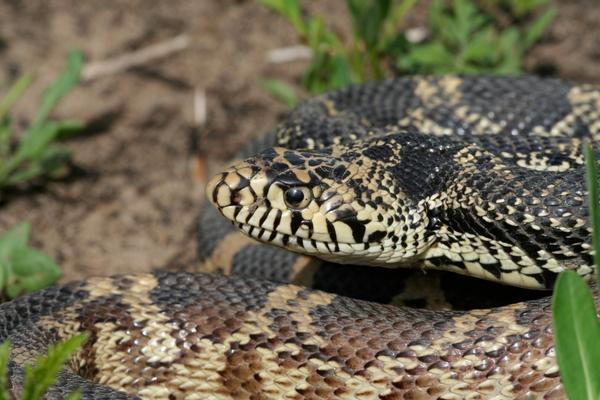
Cat Snake – The cat snake belongs to various genera and is distributed across different regions. It primarily feeds on small vertebrates such as rodents, birds, and amphibians.

Eastern Diamondback – Crotalus adamanteus, also known as the eastern diamondback rattlesnake, is a venomous pit viper found in southeastern United States. It preys on small mammals, birds, and sometimes other reptiles.

Rodent-Eating Snakes
Rodents form a significant portion of many snake species’ diets. These snakes, such as corn snakes and ball pythons, play a vital role in controlling rodent populations, making them valuable assets in ecosystems where rodents can become pests.
Here are five species of snakes known for their diet primarily consisting of rodents:
Rat Snake – Rat snakes are members of the subfamily Colubrinae and are known for their preference for small rodents such as mice, rats, chipmunks, and voles.
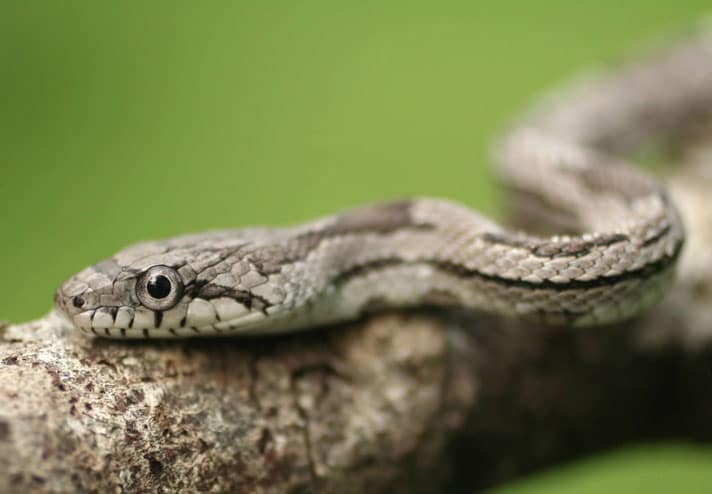
American Hognose Snake – American hognose snakes are non-venomous colubrids that commonly prey on frogs, toads, and rodents, including mice and small rodents.
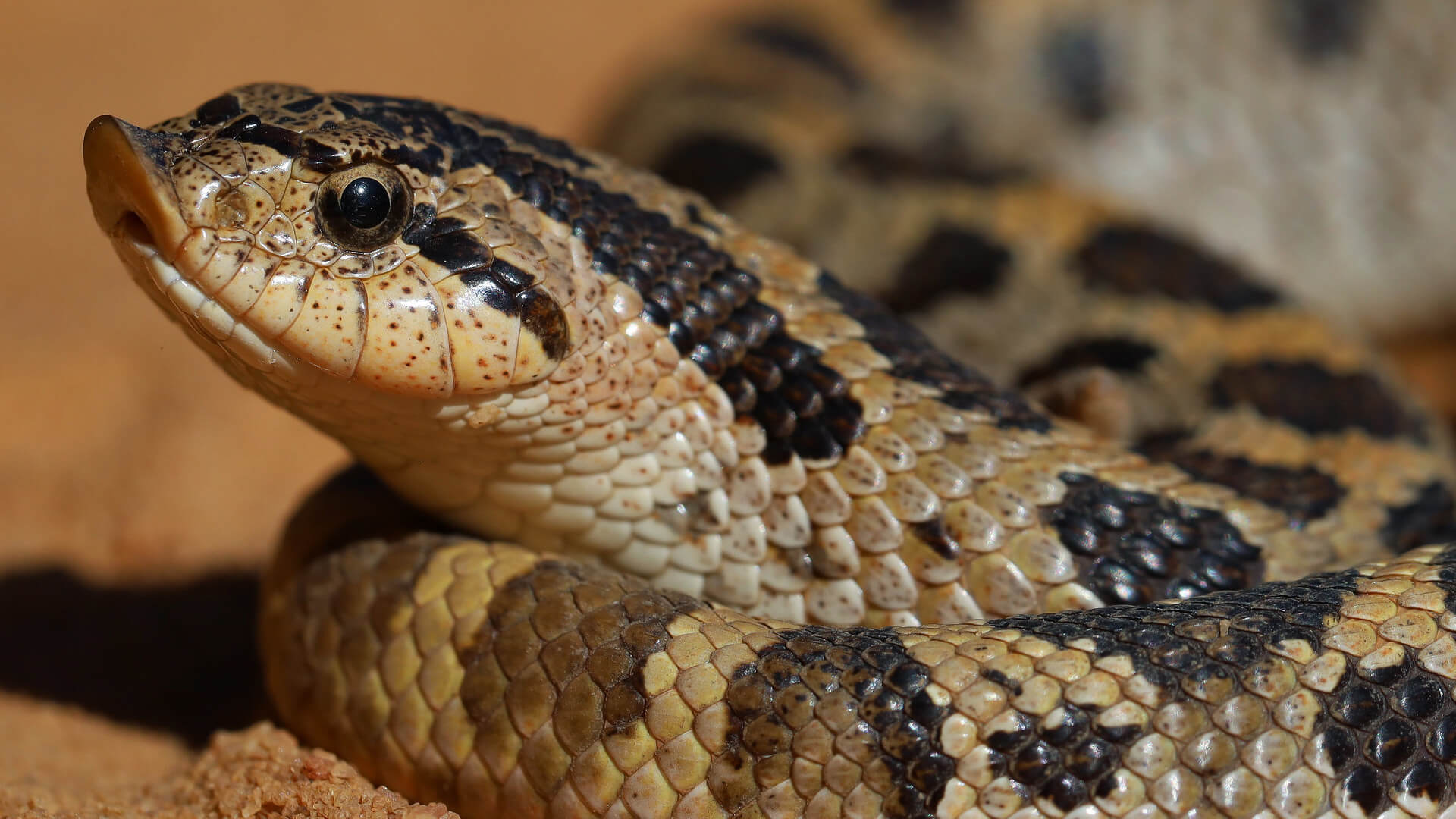
Madagascan Hognose Snake – Similar to their American counterparts, Madagascan hognose snakes also feed on frogs, toads, and rodents like mice, making them efficient rodent hunters.
Night Adder – Night adders, found in Africa, are another species known for their diet that includes rodents, along with other small mammals and reptiles.

Red-Lipped Snake – Red-lipped snakes are also referred to as red-lipped herald snakes. These snakes primarily feed on frogs, toads, and small rodents like mice, contributing to their classification as rodent-eating snakes.

Bird-Eating Snakes – what do snakes eat?
For some snakes, birds are the preferred delicacy. From agile tree climbers like green tree pythons to stealthy hunters like roadrunners, these snakes have adapted various strategies to capture their avian prey.
Here are five species of bird-eating snakes:
Corn Snake – Corn snakes (Pantherophis guttatus), native to North America, are constrictors that feed on a variety of prey, including rodents and birds. They are known to raid bird nests for eggs and young birds
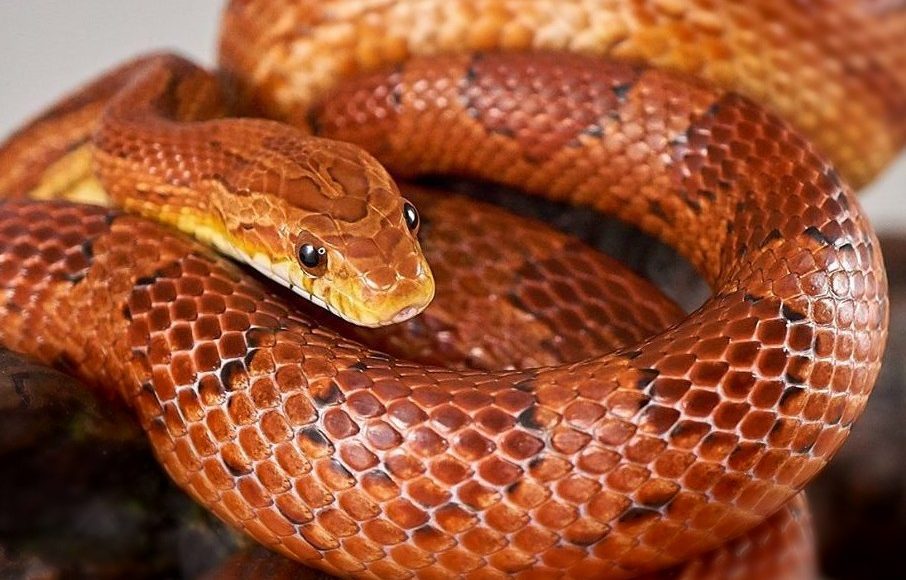
Green Tree Python – Green tree pythons (Morelia viridis) are renowned for their striking green coloration and inhabit tropical rainforests. They are adept at ambushing birds from tree branches, using their strong bodies to constrict and subdue their feathered prey.

Fox Snake – Fox snakes (Pantherophis vulpinus) are non-venomous colubrids found in North America. Similar to rat and corn snakes, they exhibit opportunistic feeding behavior and may consume bird eggs and hatchlings when the opportunity arises

Black Mamba – Black mambas (Dendroaspis polylepis) are highly venomous snakes native to sub-Saharan Africa. While they primarily feed on small mammals, they are known to opportunistically prey on birds, showcasing their versatility as hunters.

King Cobra – King cobras (Ophiophagus hannah) are the longest venomous snakes in the world and are famous for their ability to prey on other snakes, including venomous species. They also consume a variety of other prey, including birds, making them formidable predators in their habitat.

Fish-Eating Snakes what do they eat?
In aquatic environments, snakes have evolved to specialize in catching fish. With streamlined bodies and keen senses, aquatic snakes like the water moccasin excel at hunting underwater, making them formidable predators in freshwater habitats.
Here are five species of snakes known for their piscivorous diet:
Diamondback Water Snake – The diamondback water snake is an aquatic snake species found in North America. It regularly preys on fish as a significant part of its diet.
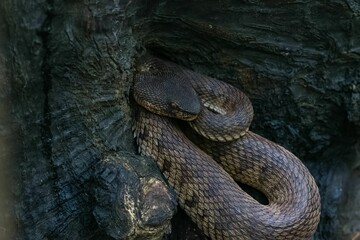
Blotched Water Snake – Similar to the diamondback water snake, the blotched water snake is another North American species known to consume fish.

American Garter Snake – The American garter snake, also known as the common garter snake, is commonly found in South Africa and is known to feed on fish.

Baby Rhino Rat Snake – Another species found in South Africa, the baby rhino rat snake, also exhibits a piscivorous diet, primarily consuming fish.
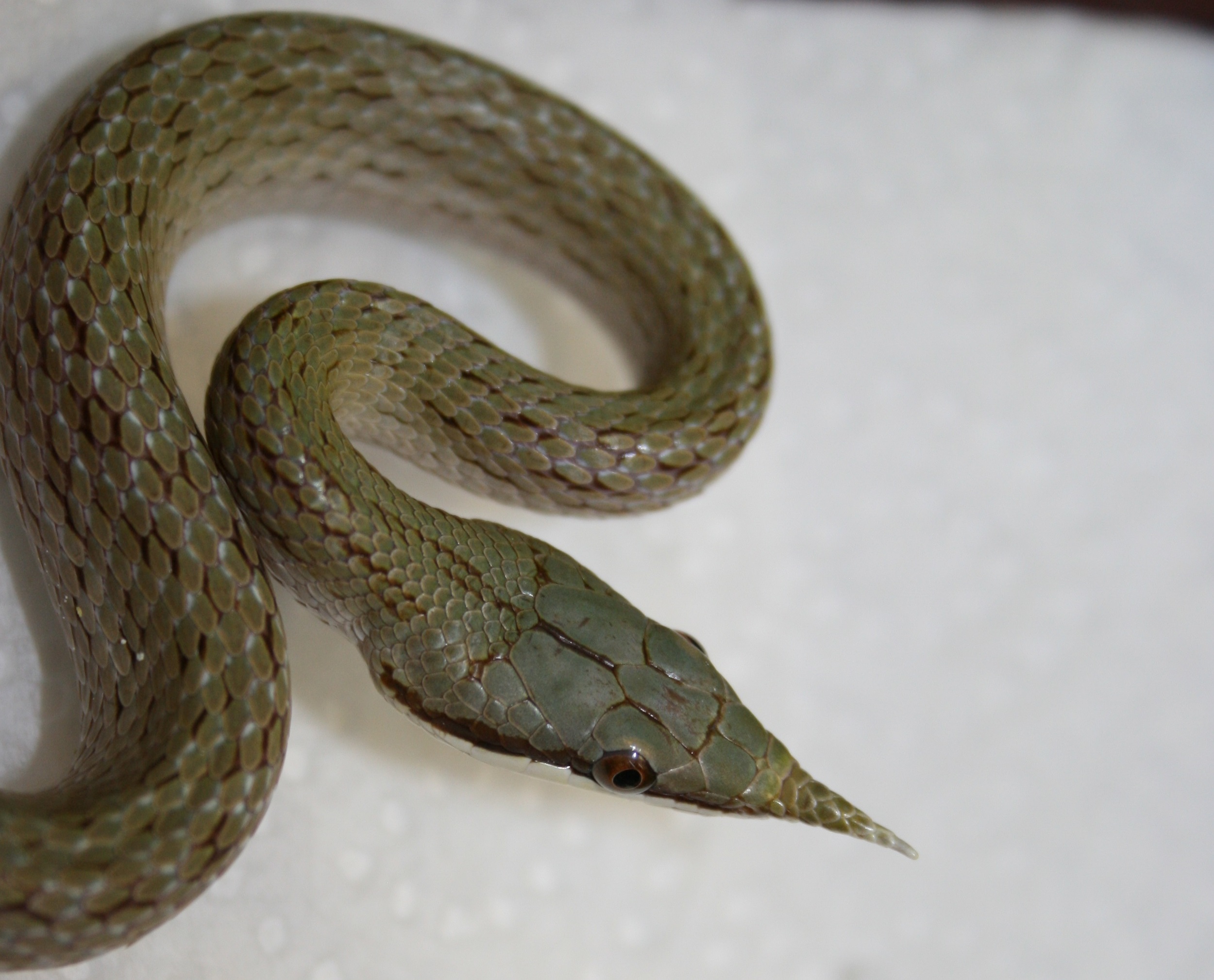
Water Moccasin (Cottonmouth) – Water moccasins (Agkistrodon piscivorus) are venomous snakes commonly found in aquatic habitats, where they prey on fish and amphibians

Insect-Eating Snakes
Insects may seem like insignificant prey to some, but for certain snake species, they serve as a primary food source. From tiny caterpillars to large grasshoppers, insect-eating snakes play a crucial role in controlling insect populations in their habitats.
Here are 5 species of snakes known for their diet primarily consisting of insects:
Red-bellied Snake (Storeria occipitomaculata) – Commonly found in North America, red-bellied snakes feed on a variety of invertebrates, including insects like spiders and caterpillars.

Ribbon Snake (Thamnophis sauritus) – Ribbon snakes, found in North America, have a diet that includes insects like grasshoppers and caterpillars, along with small fish and amphibians
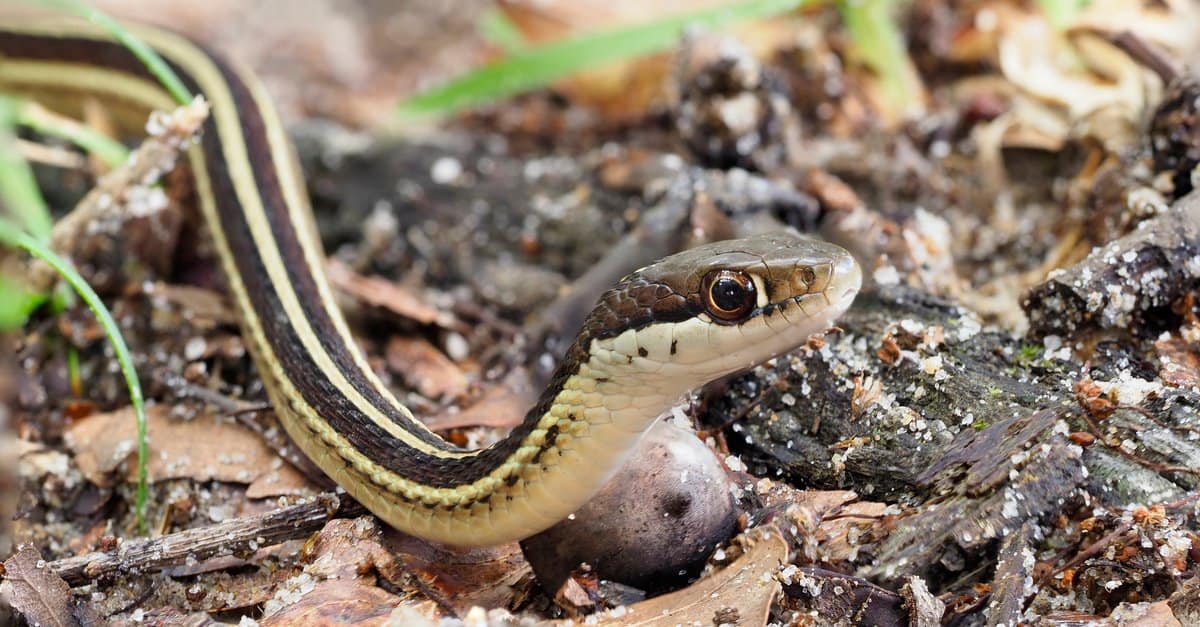
Eastern Crowned Snake (Tantilla coronata) – This snake species inhabits the southeastern United States and feeds on small invertebrates, including insects like ants and termites
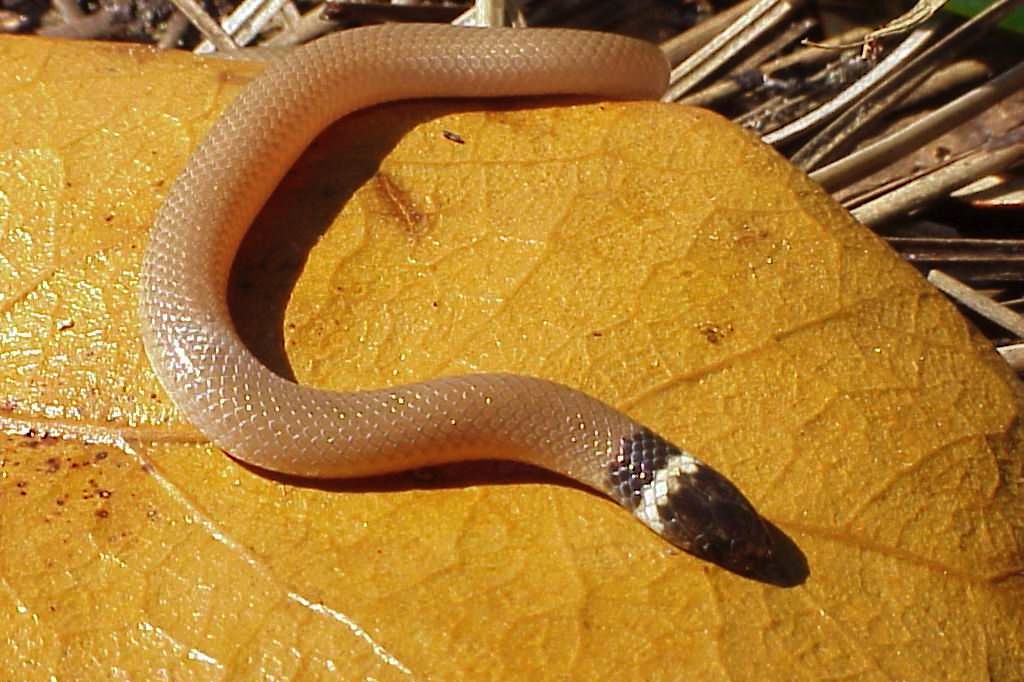
Eastern Worm Snake (Carphophis amoenus) – Native to North America, eastern worm snakes consume a variety of invertebrates, including insects and earthworms, often found underground

Sharp-tailed Snake (Contia tenuis) – Sharp-tailed snakes, native to North America, primarily consume small invertebrates, including insects like ants and termites, as well as snails and slugs.

Constrictors
Constrictor snakes, such as boas and pythons, employ a different feeding strategy. Instead of actively hunting down prey, they use their powerful bodies to constrict and suffocate their victims before consuming them whole.
Venomous Snakes
Venomous snakes possess a potent arsenal of toxins used to immobilize or kill their prey. Once their venom takes effect, these snakes can devour their immobilized meal at their leisure, ensuring a fresh and easy meal.
Special Diets of What do snakes eat.
Some snake species have unique dietary preferences that set them apart from their counterparts. From the fruit-eating habits of green tree pythons to the egg consumption of certain sea snake species, these dietary quirks showcase the incredible diversity within the snake world.
Factors Affecting Diet of what snakes eat?
Several factors influence a snake’s dietary preferences and feeding habits. Understanding these factors is essential for comprehending the complex relationship between snakes and their food sources.
Habitat and Availability
The habitat in which a snake resides greatly influences its food options. Snakes living in lush forests may have access to a wide array of prey, while those in arid regions may have to contend with a limited selection.
Size and Age
As snakes grow and mature, their dietary needs evolve accordingly. A juvenile snake may subsist on small insects or rodents, while its adult counterpart may require larger prey to sustain its energy requirements.
Adaptations and Evolution
The diets of snakes have evolved over millions of years in response to environmental pressures and ecological niches. These adaptations have shaped the diverse array of feeding strategies observed in modern-day snakes, highlighting the evolutionary ingenuity of these remarkable reptiles.
Conclusion
In conclusion, the question “What do snakes eat?” encompasses a vast and diverse range of answers. From carnivorous predators to fruit-eating specialists, snakes have evolved a myriad of feeding strategies to survive and thrive in their respective habitats. By understanding the intricacies of snake diets, we gain valuable insights into the complex web of life that sustains our planet.
FAQs (Frequently Asked Questions)
Do all snakes eat meat?
- While most snakes are carnivorous, there are exceptions. Some species, such as green tree pythons, supplement their diet with fruit.
How often do snakes eat?
- The frequency of snake feeding varies depending on factors such as species, age, and size. Some snakes may feed weekly, while others can go months between meals.
Can snakes eat prey larger than their heads?
- Yes, snakes have incredibly flexible jaws that allow them to swallow prey much larger than their heads.
Do snakes ever eat other snakes?
- Yes, cannibalism is observed in certain snake species, particularly among individuals of similar size competing for territory or mates.
Are there vegetarian snakes?
- No, all snakes are carnivorous to some extent, although some species may occasionally consume plant matter for supplemental nutrients.






